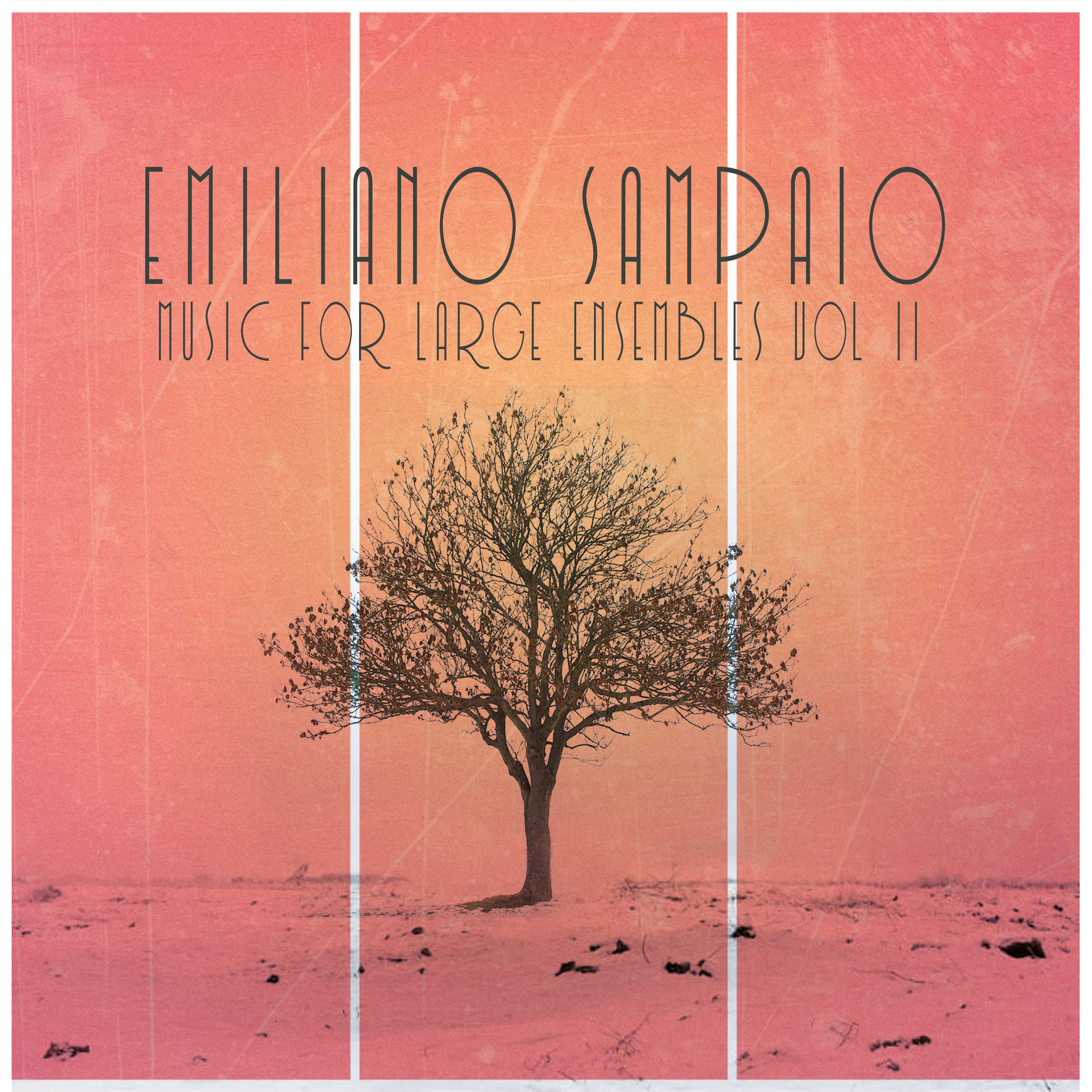
Credits: Johannes Gellner
On 9. October 2021, I started a new phase of my life by finishing my Artistic Doctoral Research in Graz with excellence and I am very happy to share this work with the world and humbly contribute to the development of the field of composition.
The research was developed at the Universität für Musik und darstellende Kunst Graz, which offers a leading program for artistic research in music and I had a big support from my advisors: Edward Partyka und André Doehring (Kunstuniversität Graz), Rainer Tempel (Staatliche Hochschule für Musik und Darstellende Kunst Stuttgart), Chris Stover (Arizona State University).
I also had the honour to get the "Award of Excellence" from the Austrian government, which is given for the best dissertations of the year in each field.
My artistic research is entitled “Restructuring Hierarchy Within and Between Jazz and Classical Orchestras”. It focuses on music for jazz symphonic orchestra, a type of ensemble that mixes two important cultural traditions in music: the symphony orchestra and the jazz big band. My investigation is based on my artistic exploration as a way of questioning the established vertical hierarchy that tends to be present in large jazz ensembles, asking the main question: “how can we establish communication between so-called jazz and classical musicians, empowering them to engage in collaboration in large ensemble contexts such as jazz symphonic orchestras?”
To answer this question, I focused on creating mechanisms to change the social dynamic in large ensembles, and exploring ways of incorporating improvisation in these contexts. During a preliminary research phase, I examined the establishment of the jazz symphonic orchestras in the historical context, linking it with the development of “third stream” music and showing the aesthetic and social implications that this cultural establishment currently reproduces, using examples from the two most active Jazz Symphonic Orchestras in the world, the Metropole Orkest (Netherlands) and the Orquestra Jazz Sinfônica do Estado de São Paulo (Brazil).
However, the core of this artistic research was my own artistic practice. In 2017/2018, I worked with smaller versions of a Jazz Symphonic Orchestra and the outcome was the album “Music for Large Ensembles Vol. II”, which can be heard here

Credits: CD Cover by Simon Reithofer
Besides the artistic practice itself, ethnography and qualitative research supported the research methodology, in the form analyses of the artistic results (recordings and videos) and collected data (interviews and documentation of the process). As a result, this dissertation complemented the artistic component of the research: it is a report, discussion and reflection on these practical experiences and how the process affected me, on the social relations in the large ensembles and our experience of making music.
The research results produced an important outcome: a new album for Jazz Symphonic Orchestra entitled “We Have a Dream”. This 1h15minutes piece presents a new way of thinking music for large jazz ensembles where the “invisible wall” between jazz and classical musicians is put into question and new hierarchies are constructed through innovative notation, rehearsal methods, and alternative orchestra physical disposition.
I suggest that the creation of music can occur in a trusting, open relationship, where the conductor has a strong but humble conviction about the music, is responsive to the orchestra, respects and nurtures musicality without imposing their own views on the musicians. In my artistic practice, I focused my exploration on two main strategies: creating mechanisms to change the social dynamic and exploring the incorporation of improvisation in this large ensemble context. By adopting a different approach to working with large jazz orchestras, we can create a context that acknowledges the work of the individuals and results in other aesthetic ideals. An orchestra playing should be an inspiring example of people working together.
The full dissertation can be accessed here.
And here you can watch a 40min lecture I gave at the doctoral school where I give an overview of the work:
Finally, you can watch the full live concert here
And listen to the the full album here

Credits: Pedro de Conti
I believe that focusing our attention on large jazz ensembles and researching the aesthetic and social possibilities that alternative hierarchy and leadership models offer can help us think about our contemporary world – a world in which which different cultures are very close and cooperation is more essential than ever before.